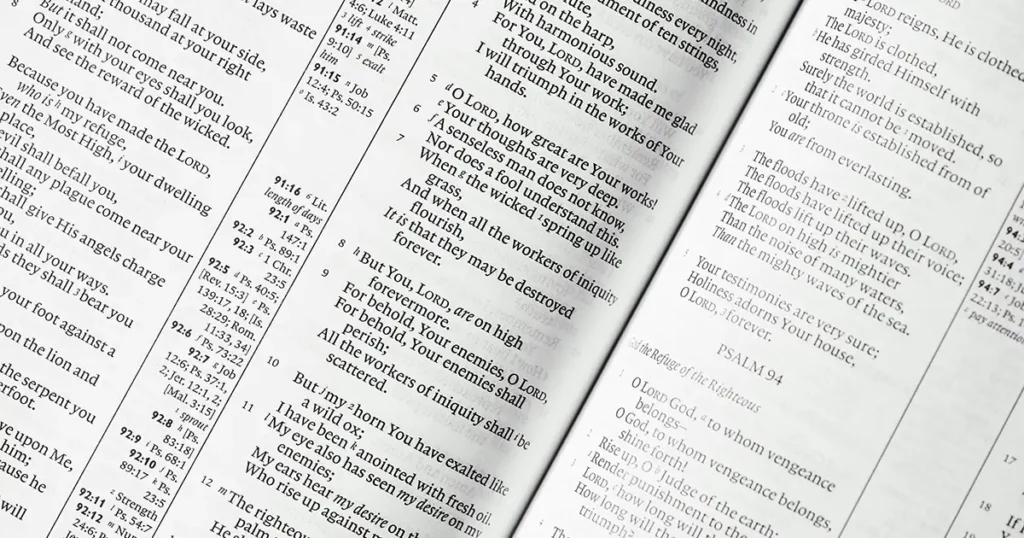
Typography is no longer just about choosing typefaces—it has evolved into a dynamic art form, central to design and communication. In 2025, typography is where creativity meets cutting-edge technology, offering new ways to engage audiences and enhance user experiences. As we continue to embrace new technological advancements, typography is set to take on even greater roles in visual storytelling, digital interaction, and accessibility.
The rapid advancement of digital tools and technologies, such as artificial intelligence (AI) and machine learning, is reshaping typography in 2025. AI-driven platforms allow designers to quickly generate and experiment with typefaces, creating personalized designs that adapt to various devices and screen sizes. These technologies also offer greater efficiency, helping designers refine typography faster while exploring creative new possibilities.
Furthermore, the rise of augmented reality (AR) and virtual reality (VR) is introducing exciting new dimensions for typography. Instead of flat text on a page, typography is becoming immersive, with fonts that respond to movement, depth, and interaction. This shift is opening up innovative ways for brands and digital content to captivate users in more engaging ways.
As digital spaces become more interactive, typography plays a critical role in shaping user experiences. By 2025, it’s expected that typography will focus not only on aesthetics but also on functionality. Ensuring legibility and accessibility across various platforms is crucial for creating intuitive designs. Fonts will be optimized for better readability, catering to users of different abilities, and ensuring that typography works seamlessly across all environments, from mobile devices to large screens.
Voice interfaces are another area driving typography’s evolution. As voice-controlled technology becomes more widespread, fonts will adapt to support seamless interaction between spoken and written communication, making the overall experience more cohesive and natural.
Sustainability and inclusivity are integral to the design process in 2025. Designers will prioritize typefaces that are accessible to diverse audiences, supporting different languages and readability needs. Typography will also become more sustainable, with a growing emphasis on digital-first designs, reducing the need for physical production and contributing to environmentally friendly practices.
As we move into 2025, typography is merging creativity with technological innovation. With the influence of AI, AR, and VR, alongside a growing focus on user experience and accessibility, typography is pushing boundaries and offering exciting new opportunities for designers. The future of typography is not just about fonts—it’s about creating dynamic, interactive, and inclusive experiences that resonate with users in meaningful ways.